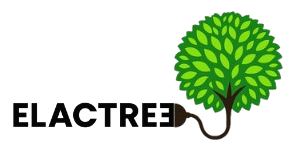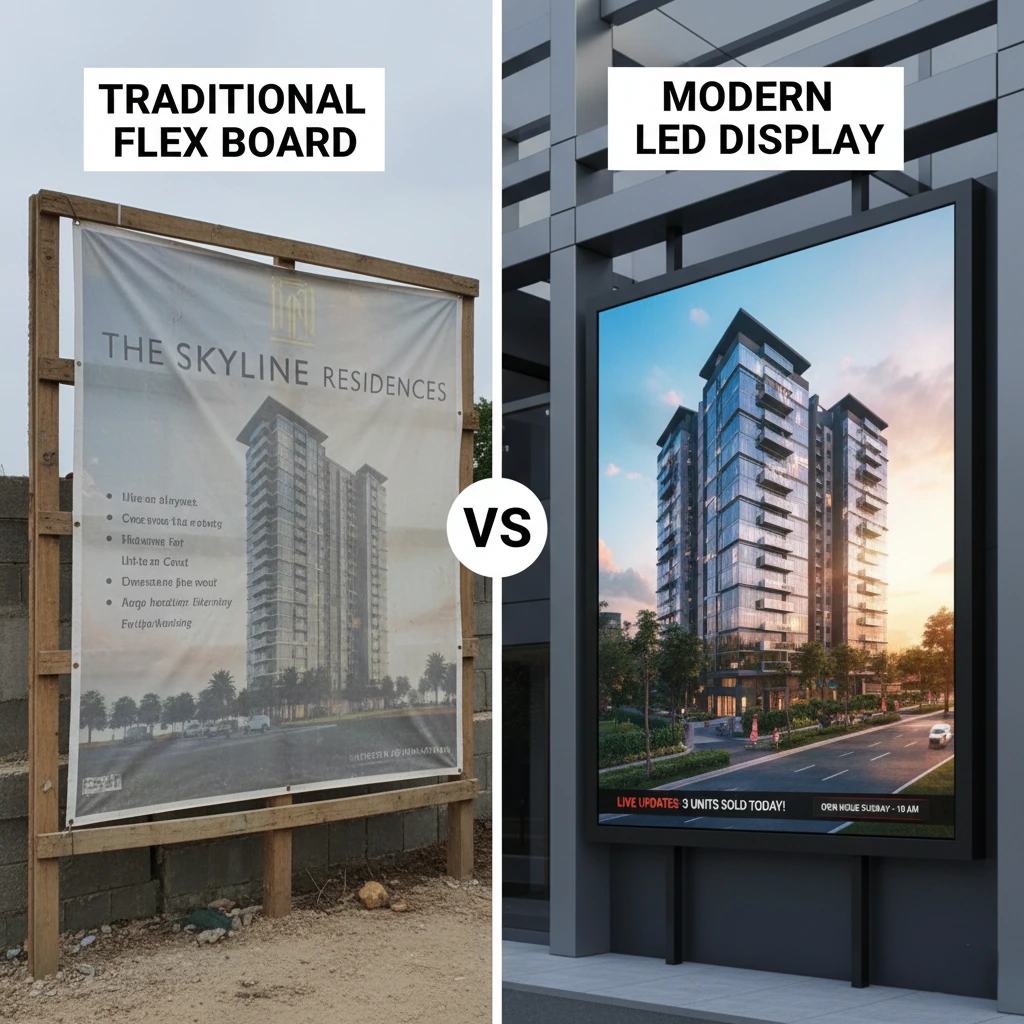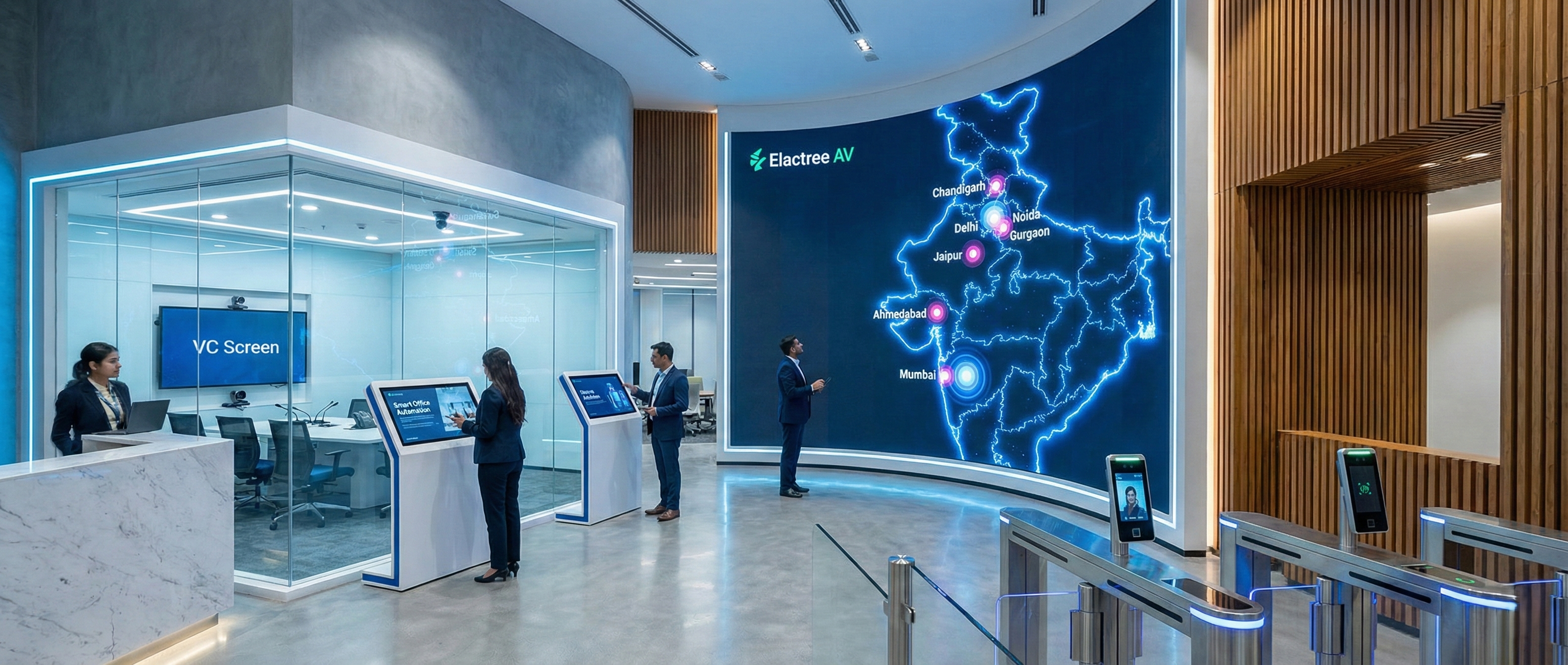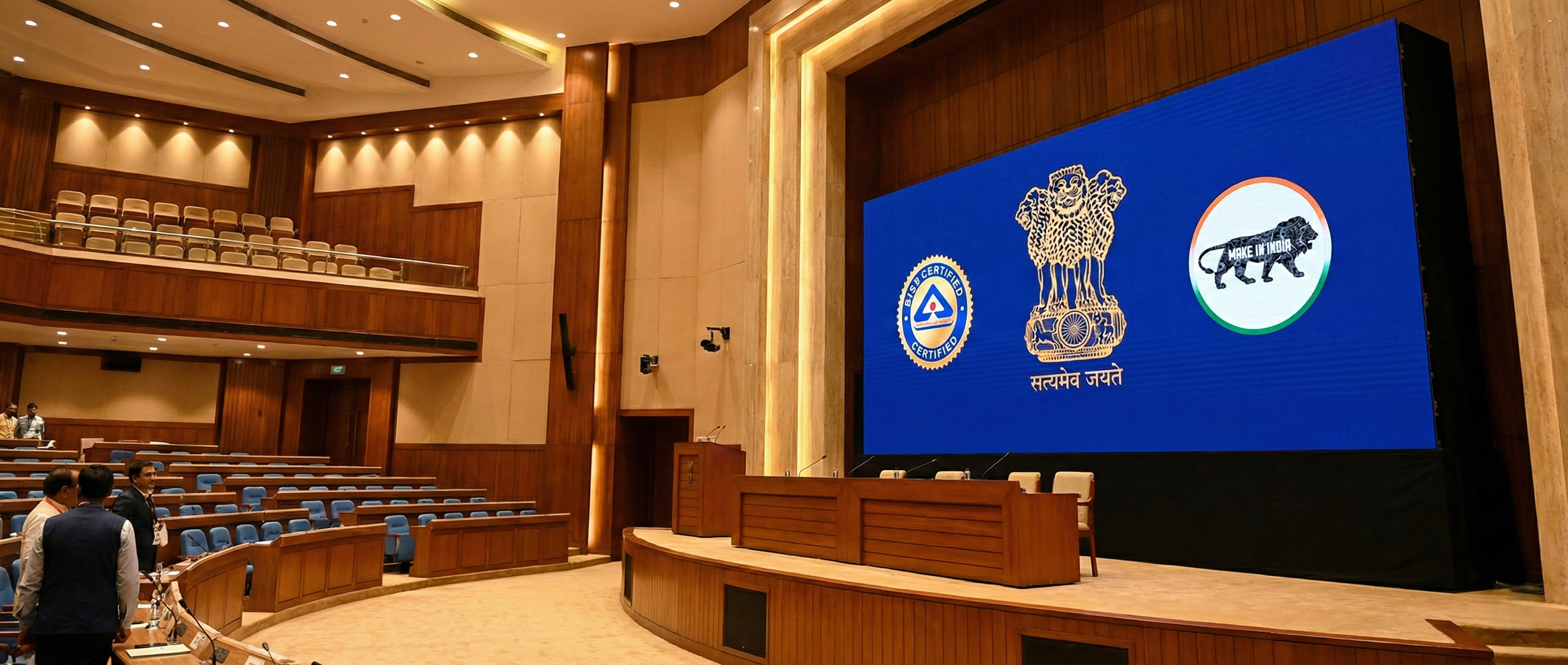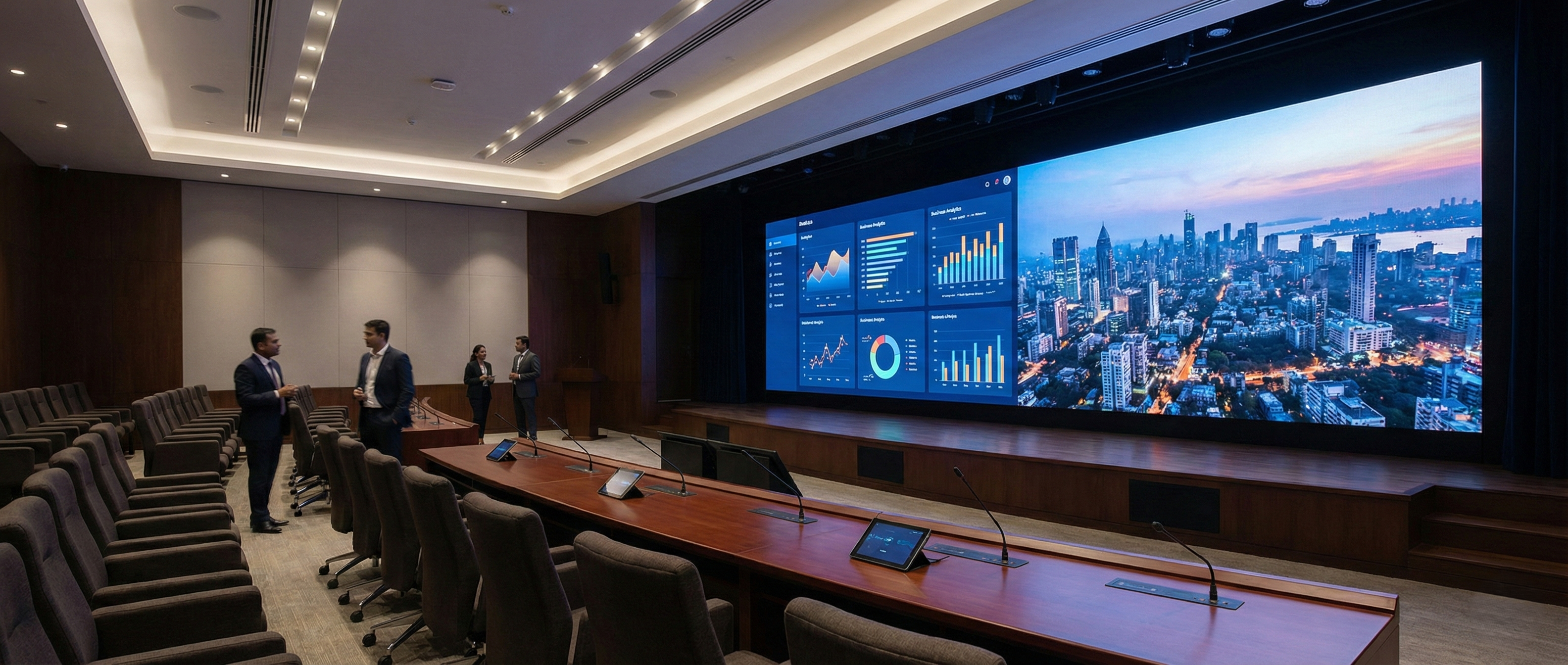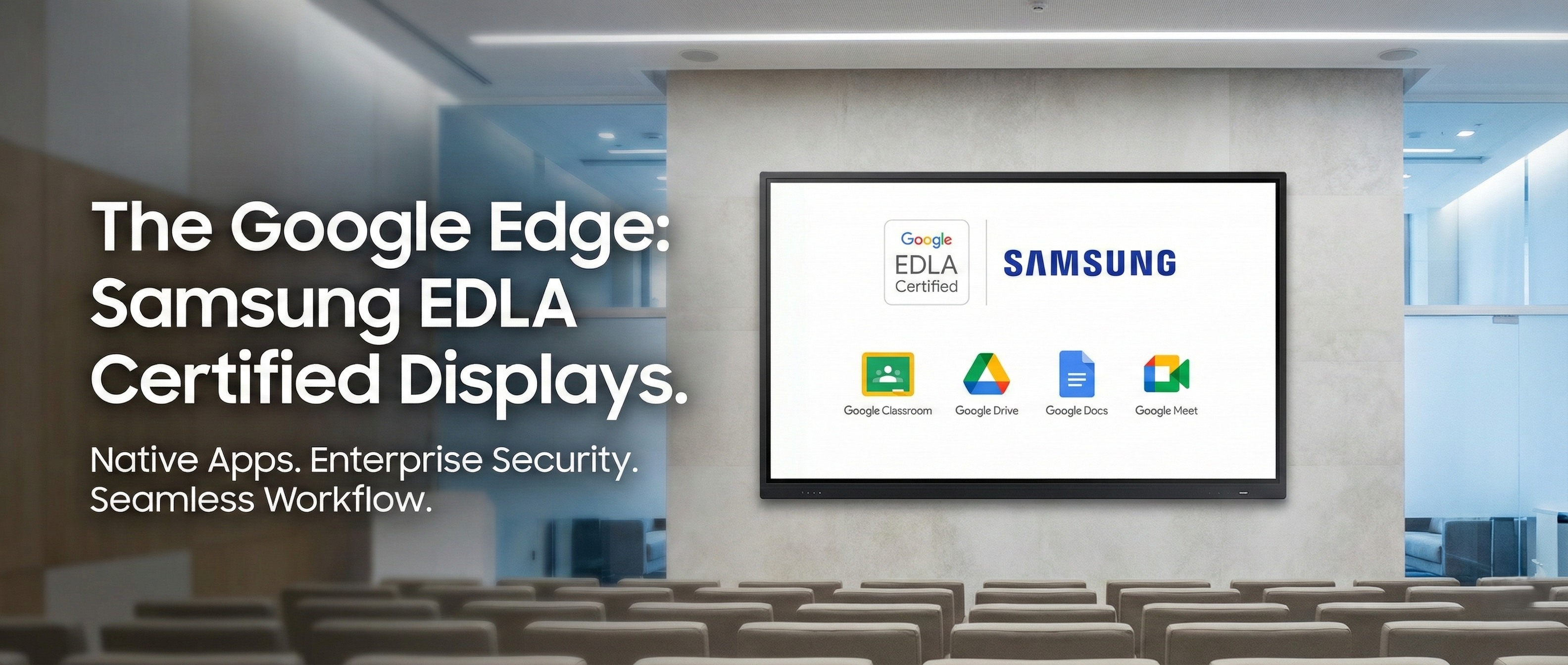The Evolution of Property Advertising
In the world of real estate, getting noticed is half the battle. For decades, the ubiquitous flex board has been the go-to tool for property developers. From a single site hoarding to a large billboard at a busy intersection, these static, printed banners have served their purpose. But in a fast-paced, digital-first India, where every second counts, is a static sign enough? The market is shifting, and with it, the expectations of modern buyers. They are a tech-savvy generation accustomed to dynamic visuals and immediate information. This has ushered in a new era of property marketing, led by LED display technology. The question is no longer "Should I advertise?" but rather, "LED display vs. flex board—which will truly accelerate my property sales?" The answer lies in a deep dive into the cost, impact, and ultimate return on investment (ROI) of each.
The decision to choose one over the other is a strategic one, a choice between traditional reliability and modern innovation. This blog will dissect the key differences, from a visual standpoint to a financial one, to help you make an informed decision that will not only attract more eyes but also help you sell properties faster in a competitive market.
The Traditional Powerhouse: Why Flex Boards Have Dominated for So Long
Before we look to the future, it's important to understand the enduring appeal of the traditional flex board. For many years, it was the most practical and effective solution for outdoor property advertising.
Cost-Effectiveness and Simplicity
The primary advantage of a flex board is its low upfront cost. The material itself is inexpensive, and the printing process is quick and widely available. For a small or mid-sized project with a limited marketing budget, a flex board offers a simple way to get a message out to a local audience. There are no power requirements, no complex software, and no technical expertise needed for installation. The simplicity of the process—design, print, and hang—has made it a reliable choice for builders across the country.
Key Strengths:
Low Initial Investment: The cost of materials and printing is significantly less than an LED display.
No Operational Costs: Once installed, there are no electricity or data costs.
Broad Availability: Flex printing services are accessible everywhere, from large cities to smaller towns.
However, this simplicity comes at a cost. Once the board is printed, the message is static. Any change in pricing, a new offer, or a project update requires the entire board to be reprinted and reinstalled, leading to recurring expenses and delays.
The Digital Disruptor: How LED Displays Are Redefining Real Estate Marketing
The rise of digital technology has introduced a powerful new player: the LED display. These dynamic screens are far more than just "electronic billboards"; they are sophisticated marketing tools that provide an unparalleled level of engagement and flexibility.
1. Superior Visual Impact and Engagement
In a world of visual overstimulation, a static image struggles to compete. An outdoor LED display, with its high brightness, vibrant colors, and motion capabilities, is designed to instantly grab attention.
Dynamic Storytelling: An LED screen can showcase a cinematic video tour of the property, from a drone flyover of the location to a 3D architectural rendering of the interior. This immersive visual storytelling helps potential buyers form an emotional connection with the space. A study on real estate marketing trends in 2025 found that listings with video receive over 400% more inquiries. This level of engagement is impossible with a static flex board.
Clarity in All Conditions: Unlike a flex board that can look washed out in bright sunlight or disappear at night, a high-quality LED display maintains its clarity and impact 24/7. It is as effective in the blazing midday sun as it is at attracting night traffic with its brilliant light.
2. Real-Time Flexibility and Instant Updates
The real estate market is dynamic, and information needs to be updated constantly. An LED display excels in this area.
Real-Time Data: Content on an LED screen can be updated instantly from a remote location. This means you can:
Announce a limited-time offer or a flash sale.
Display a live countdown to a grand opening.
Show which units are sold in real-time to create a sense of urgency.
No Recurring Printing Costs: The initial investment is higher, but it eliminates the recurring cost of printing and installing new flex boards every time there is a change. This is a crucial factor in the cost-benefit analysis over the long term.
3. Creating a High-Tech and Premium Brand Image
A brand’s image is a key driver of sales, particularly in the premium and luxury real estate segments. The use of a cutting-edge LED display signals that the developer is modern, innovative, and invested in a high-quality product. It builds brand authority and trust. When a buyer sees a stunning, high-tech screen, they subconsciously associate that same level of quality with the property itself. This is a subtle but powerful psychological advantage that a printed banner cannot replicate.
Cost-Benefit Analysis: The ROI of LED vs. Flex Boards
While the upfront cost of an LED display is higher, the total cost of ownership and the ROI tell a different story.
Flex Board: The Upfront Winner, The Long-Term Loser
Initial Cost: Low.
Operational Cost: Zero (besides maintenance/repairs).
Flexibility: Very low. Each change requires a new print.
ROI: Primarily dependent on location and a static message. It's effective for simple awareness but lacks the power to drive dynamic action.
LED Display: The Smart Investment
Initial Cost: High. It's a significant capital expenditure.
Operational Cost: Low (electricity, data).
Flexibility: Extremely high. Content can be changed instantly and infinitely.
ROI: High. The ability to update promotions, create urgency with real-time data, and tell a compelling visual story can lead to faster sales cycles and higher conversion rates. The long-term savings on printing and installation often offset the initial cost.
A simple calculation can illustrate this: If a developer changes their flex board content 6 times a year and each change costs ₹50,000 (printing and installation), that's ₹3,00,000 per year. Over 3-5 years, this adds up to a substantial amount that could have been invested in a one-time LED solution.
FAQs: Your Questions Answered
Q1: Is the initial investment in an LED display worth it for a single project?
A: Yes, in most cases. While the upfront cost is higher, an LED display can be a valuable asset for multiple projects. Its portability (with modular designs) and versatility allow it to be moved to new sites or used for other marketing events, providing a long-term return on investment that far outweighs the recurring costs of flex boards.
Q2: How do LED displays handle Indian weather conditions like monsoons and heat?
A: Top-tier outdoor LED displays are built to withstand harsh weather. They have high Ingress Protection (IP) ratings (e.g., IP65 or higher), which means they are fully protected from dust and resistant to strong water jets. They are designed with robust materials to handle extreme heat and humidity.
Q3: Can a small builder afford an LED display?
A: The upfront cost can be a barrier, but there are flexible options available. LED display rentals are a growing trend in India, allowing businesses to use this powerful technology for specific periods, such as a property launch weekend or a month-long sales campaign, without the high initial capital expenditure.
Q4: Does an LED display require a lot of technical maintenance?
A: Modern LED displays are built to be low-maintenance. A reliable provider will offer comprehensive after-sales support and can often monitor the display remotely. Regular checks and occasional cleaning are usually all that's required.
Q5: How do LED displays help with lead generation?
A: LED displays are highly effective at driving foot traffic to a sales center or website. Their dynamic content, such as a QR code leading to a virtual tour or a text-based call-to-action, encourages viewers to take the next step. By integrating with analytics, you can track which visuals are most effective at converting viewers into leads.
Conclusion: The Clear Winner for Faster Sales
In the showdown between LED display vs. traditional flex boards, the LED display emerges as the definitive winner for one simple reason: it sells properties faster. While flex boards offer a cost-effective way to achieve basic brand visibility, they are a static medium in a dynamic world. They lack the ability to adapt, engage, and truly connect with a modern buyer who craves rich, interactive content.
An LED display is not just an advertising tool; it is a strategic asset. It’s an investment in a high-tech brand image, an efficient platform for real-time communication, and a powerful engine for lead generation and accelerated sales. In a market where a compelling visual experience is everything, LED displays are the clear choice for any builder who is serious about standing out and closing deals with speed and style.
Ready to transform your property marketing and sell faster than ever? Check out our guide on "How Real Estate Builders Are Using LED Displays" and discover the right solution for your next project.
